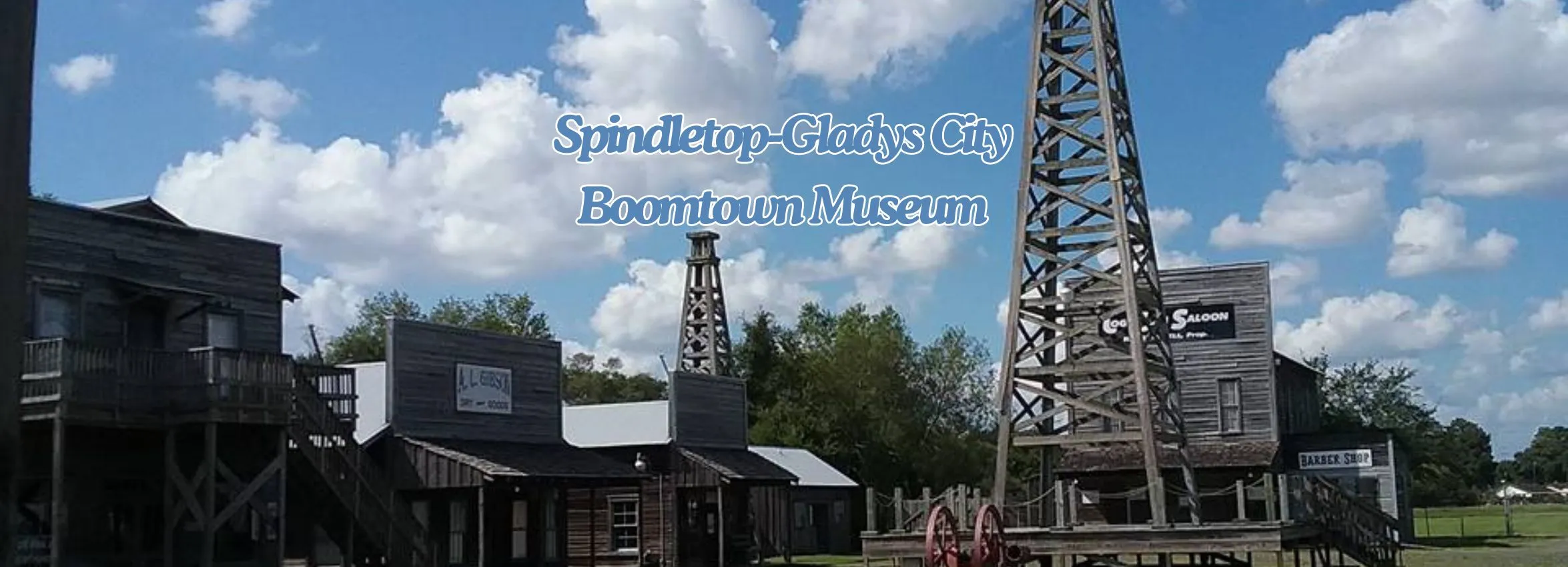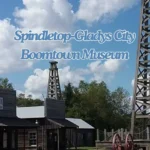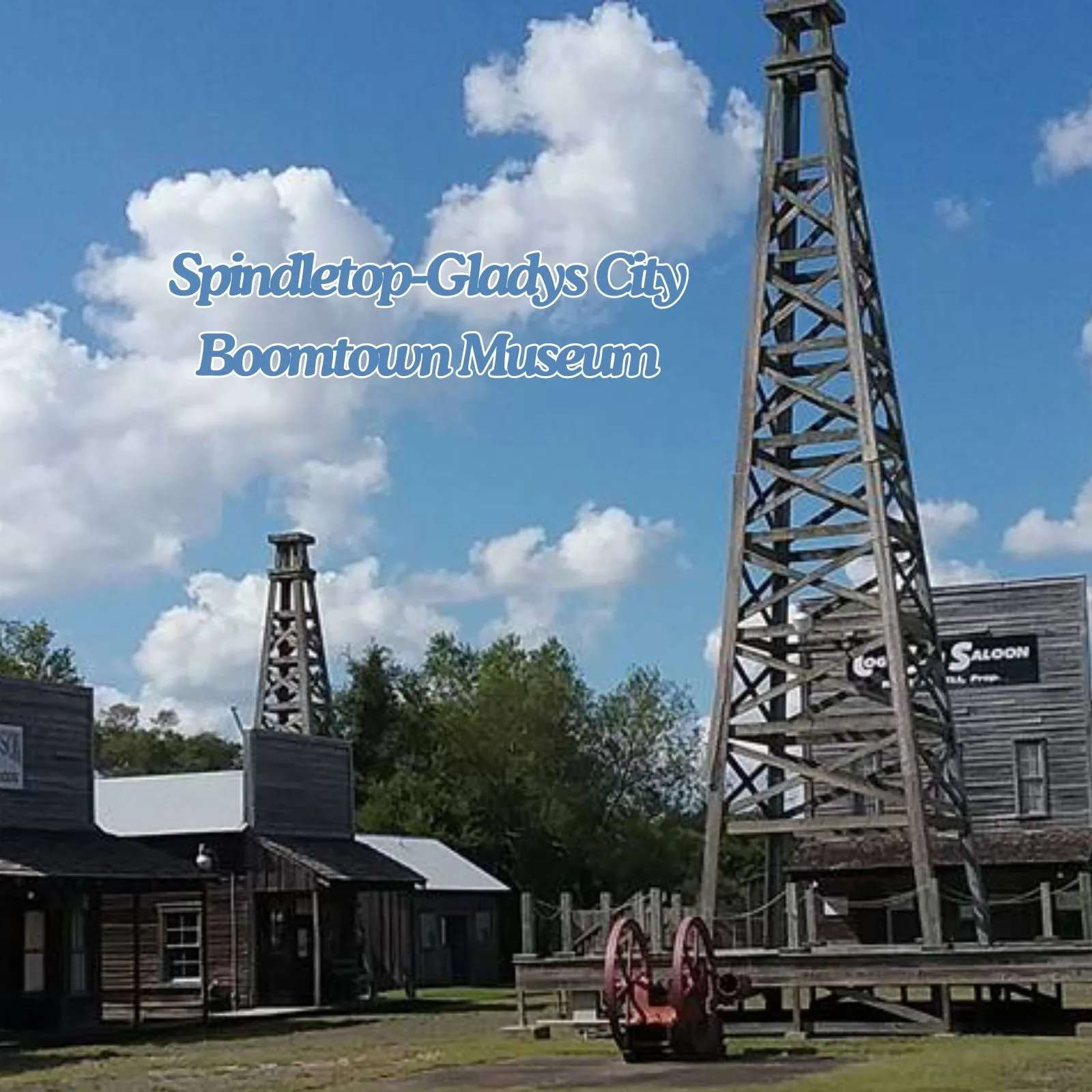The Rich Tapestry of Beaumont, Texas: A Historical Overview
Beaumont, Texas, a city with a storied past that dates back to the 19th century, has played a pivotal role in both the industrial growth of America and the cultural development of the Southeast Texas region. This comprehensive article explores the dynamic history of Beaumont, from its early days as a small farming community to its rise as a key player in the American oil industry, and its ongoing evolution into a modern hub for culture, education, and healthcare.
1. Early Settlement and Development
Foundations of Beaumont
Established in 1835, Beaumont began as a trading post on the Neches River in the dense piney woods of East Texas. Named after Mary Dewburleigh Barlace Warren Beaumont, the wife of a New Orleans businessman, the city’s early economy was driven by agriculture, lumber, and port industries due to its strategic location.
2. The Railroad Era
Connecting Beaumont to the Nation
The arrival of the Gulf, Colorado and Santa Fe Railway in 1880 marked a turning point for Beaumont, enhancing its status as a regional trading center. The railroad connected Beaumont with major markets across Texas and encouraged population growth and economic development.
3. The Spindletop Boom
A City Transformed
The discovery of oil at the Spindletop oil field on January 10, 1901, dramatically changed Beaumont’s destiny. As the first major oil discovery in Texas, Spindletop ushered in an era of unprecedented economic growth and attracted thousands of entrepreneurs, workers, and fortune-seekers, rapidly transforming Beaumont into a bustling industrial city.
4. The 20th Century Industrial Growth
Beaumont’s Golden Age
Following the Spindletop discovery, Beaumont became a major player in the burgeoning petroleum industry. The city’s economy diversified with refineries, chemical plants, and shipbuilding yards, becoming integral components of its industrial landscape.
5. Cultural and Social Development
Beaumont’s Rich Cultural Tapestry
With the economic boom brought about by the oil industry, Beaumont experienced significant cultural growth. The city developed a vibrant arts scene, with institutions such as the Beaumont Art League (founded in 1943) and the Tyrrell Historical Library enriching its cultural offerings.
6. Civil Rights Movement
Beaumont in the 1960s
The 1960s were a transformative decade for Beaumont, as it was for much of America. The city played its part in the Civil Rights Movement, hosting peaceful protests and demonstrations that were pivotal in the integration of schools and public facilities.
7. Economic Diversification
Adapting to Change
As the latter half of the 20th century saw fluctuations in the oil market, Beaumont worked to diversify its economy. Healthcare, education, and retail became more prominent, reducing the city’s historical reliance on petrochemical industries.
8. Modern Developments
Beaumont Today
Today, Beaumont is a thriving city that maintains its historical charm while continuing to evolve. Modern developments in downtown revitalization, the expansion of Lamar University, and improvements in healthcare facilities mark Beaumont’s recent advancements.
9. Environmental Challenges and Responses
Facing Natural Adversities
Located near the Gulf Coast, Beaumont has faced numerous environmental challenges, including hurricanes and floods. The city’s response to these events, including rebuilding and improving infrastructure, highlights its resilience and commitment to safeguarding its community.
10. Beaumont’s Legacy and Future
Preserving the Past, Preparing for the Future
Beaumont’s rich history is preserved in its museums, historical architecture, and community events that celebrate its past. As the city looks to the future, it continues to focus on innovation, growth, and inclusivity, ensuring it remains a vital part of Texas’s economic and cultural landscape.
Conclusion
Beaumont, Texas, with its fascinating blend of history, industry, and culture, is a city that has continually adapted and thrived. From its early days as a lumber and port town to its rise as an oil empire, and now a modern city with a diversified economy, Beaumont exemplifies resilience and growth. As it moves forward, Beaumont remains dedicated to celebrating its rich heritage while embracing the challenges and opportunities of the future, making it a unique and enduring gem in the heart of Southeast Texas.











